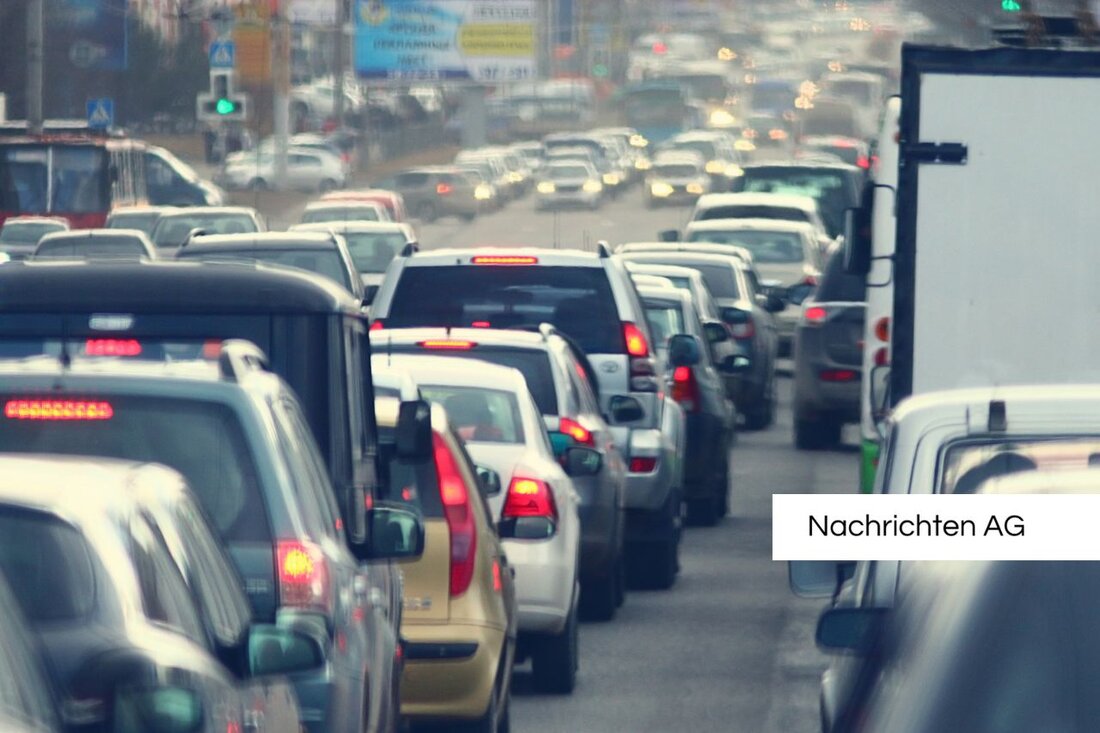Chaos on Fürstenrieder Straße: Tram west tangent causes traffic jams!
Current developments on the tram west tangent in Neuhausen-Nymphenburg: construction phases, traffic disruptions and future outlook.

Chaos on Fürstenrieder Straße: Tram west tangent causes traffic jams!
In Laim, Fürstenrieder Straße is currently showing its most chaotic side. Confused drivers, stressed pedestrians and lots of construction sites characterize the area. The construction of the tram west tangent has brought with it many changes that pose immense challenges for residents and commuters. As the South German newspaper reported that barriers and torn up roadways caused significant traffic jams during rush hour. The improvised bus stops in particular are an additional stress factor for citizens who rely on public transport every day.
The construction of the Westtangente is scheduled to be put into operation by the end of 2023, specifically for a section of 1.5 kilometers between Agnes-Bernauer-Straße and Ammerseestraße. The work originally started on June 7, 2024, but there were delays due to a traffic concept that was not completed on time. Albert Sesselmeier, spokesman for the citizens' initiative "No Tram Westtangente", describes the current situation as "huge chaos" and expresses his concerns about the democratic decision that made this construction possible in the first place.
Construction defects and construction time
The Munich public utilities (SWM) and the Münchner Verkehrsgesellschaft (MVG) emphasize that they are on schedule, even if challenges such as the renewal of a main water pipe that is more than 100 years old should not be underestimated. This work in Laim is expected to be completed by summer 2024. The track crossing at the Agnes-Bernauer-/Fürstenrieder Straße junction is being built to connect the western bypass to the existing tram network. The western branch of tram 19 will be interrupted until the end of August 2024.
A look at the further construction phases shows that the next steps in Neuhausen-Nymphenburg should begin at the end of June 2024, also with the renewal of the main water pipe. In concrete terms, this means that Wotanstrasse will be redesignated as a one-way street to the north by August 2026. Bus routes 51, 151 and N78 will have to be rerouted, which will cause additional traffic burdens.
Long-term effects and uncertainties
A further look into the future shows that underground work is expected to last until August 2026, followed by a break in construction until May 2027. After that, Wotanstrasse will again serve as a one-way street until December 2028 while final track work and further redesigns are carried out. The total length of the tram west tangent will ultimately be around 8.5 kilometers.
There is great uncertainty surrounding adherence to the schedule. Sesselmeier expects the work to be completed by 2035, which is putting a strain on the patience of the residents. The MVG However, we assure that access to houses, properties as well as fire brigade access and rescue routes will be ensured throughout the entire construction period. However, citizens must expect changes to pedestrian and cycle paths, which entail further restrictions.
In the midst of all these construction sites, the Munich city council is planning numerous beautification projects, including the redesign of Willy-Brandt-Platz in Riem into a green space for 18.6 million euros and the redesign of Curt-Mezger-Platz in Milbertshofen, to name just a few examples. The evening newspaper emphasizes that the building committee has already approved the renovation of Curt-Mezger-Platz and the construction of a tram bridge over the DB-Nordring was also included in this list.
It remains to be seen how the construction site will develop and whether the planned deadlines can be met. It is clear that Munich citizens need to have a certain amount of patience while they hope for better transport connections and quality of life in their district.

 Suche
Suche
 Mein Konto
Mein Konto